

Artist Innovation Awards
Demonstrated professionalism and artistic excellence Evidence of bold exploration Promise of on-going creative and professional growth
How we define innovation?
Innovation is the act of introducing something new or different to further an artist’s vision and practice. This can mean new methods, applications, perspectives, elements, forms, materials, technology integration, project concepts and/or processes that result from study, experimentation or experiences. Your innovation can be from any era of your artistic career. Your innovation can be a personal evolution, or an evolution for the field, or both. Innovation is applicable to traditional art and contemporary art.2021 Awardees And Their Innovations
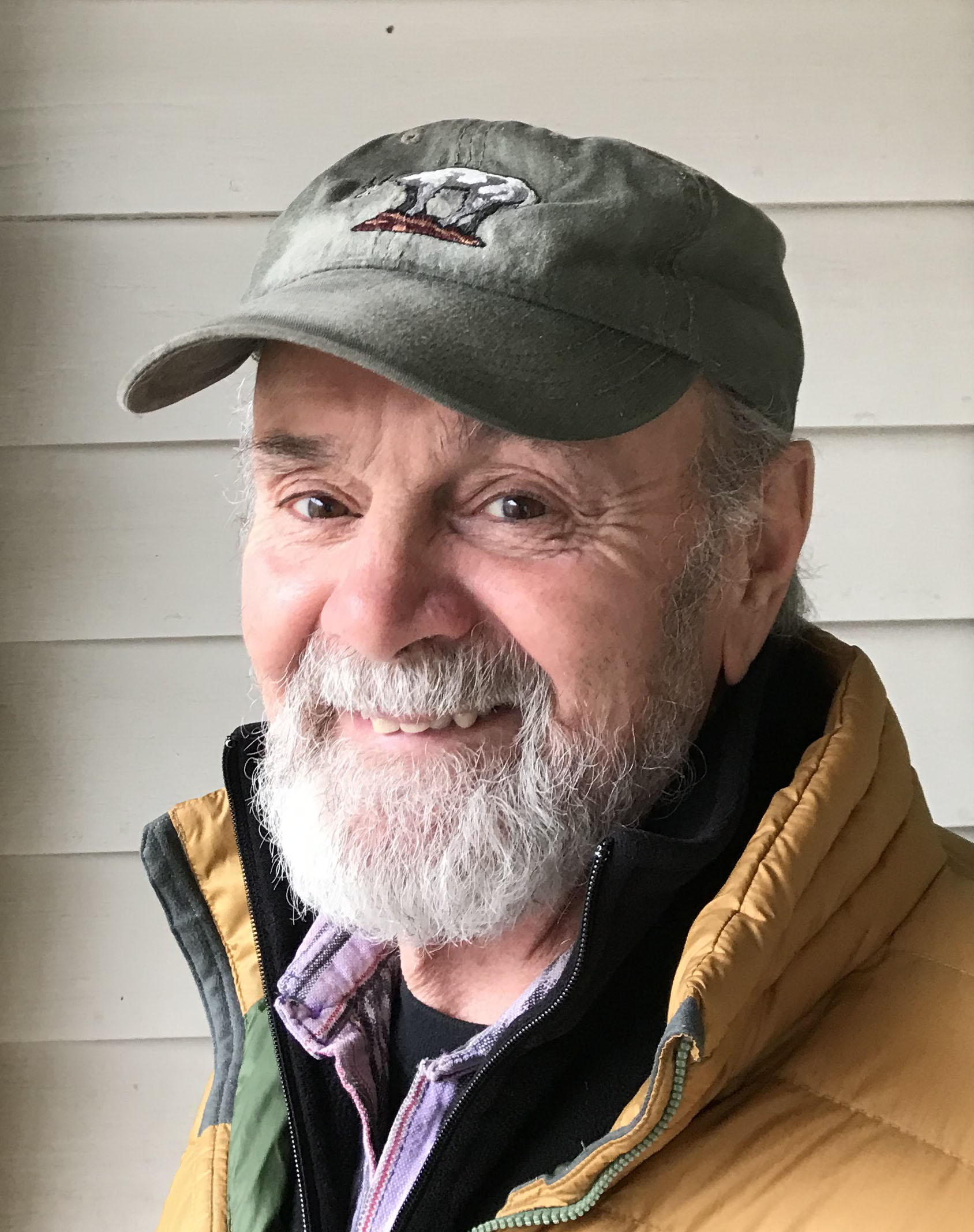
Chip Clawson
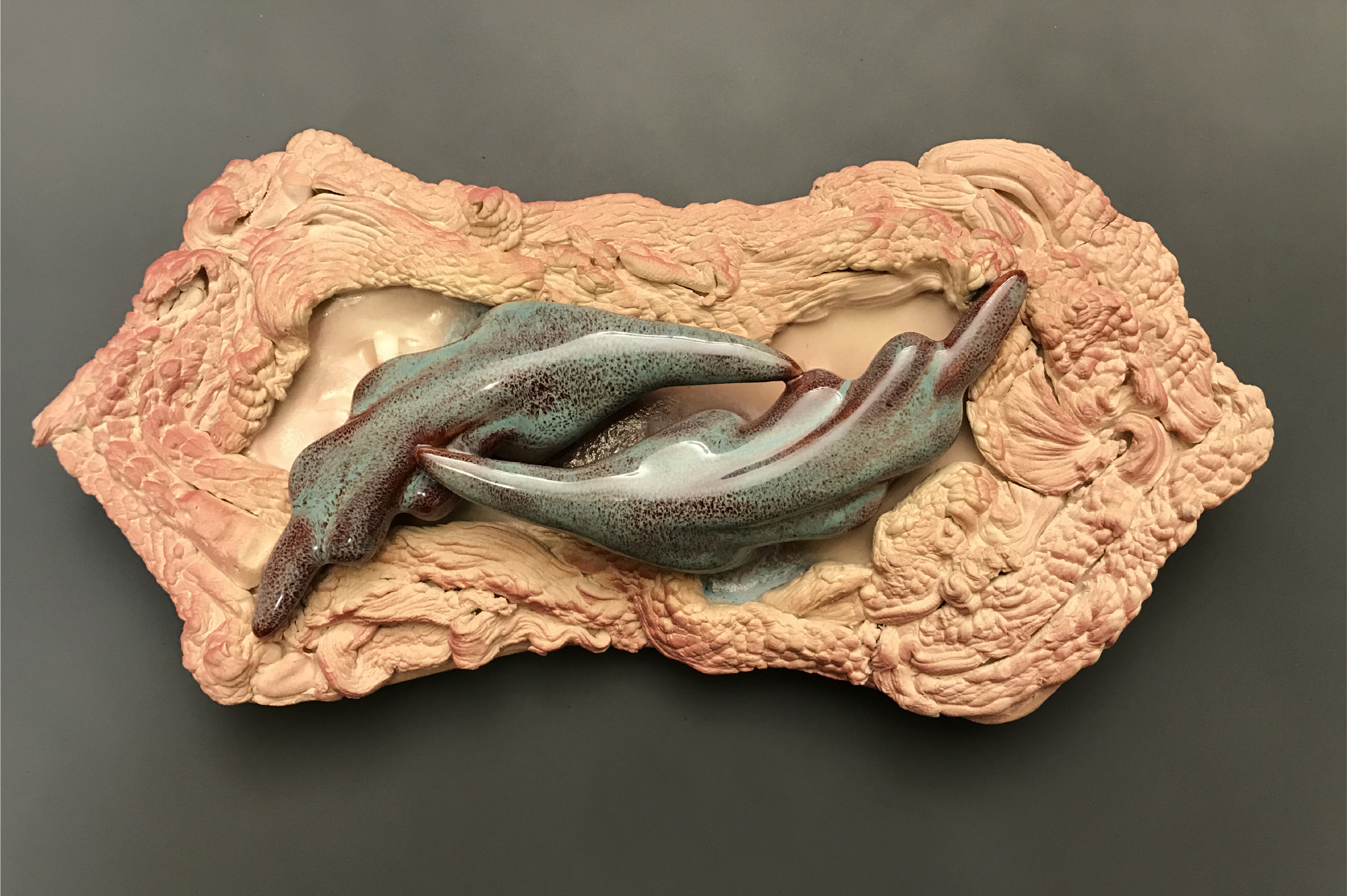 As a ceramic artist, Chip Clawson of Helena is the recipient of the Jessie Wilber and Frances Senska Individual Artist Award, established by a private gift to the Montana Arts Council from Stacy Hamm and Sage Walden.
As a ceramic artist, Chip Clawson of Helena is the recipient of the Jessie Wilber and Frances Senska Individual Artist Award, established by a private gift to the Montana Arts Council from Stacy Hamm and Sage Walden.
After a long hiatus, Chip Clawson returned to making ceramic art in the late 1990’s. As for his creative process, Clawson says, “I am an inquisitive problem solver by nature and nurture, using innovation to resolve challenges and create art.” Clawson’s work is inspired by the natural world, using forms like beetles, budding plants, shells, seed pods, or lava flows in a universal way. To realize his artistic vision, Clawson has often developed his own techniques and methods, and incorporated cutting edge technology along the way. Clawson’s work appears most prominently in public spaces throughout Montana. He has also completed installations participated in gallery showings, collaborations, and workshops for decades in far-flung places like Hawaii, Ohio, and Pennsylvania.
From the panel: “There is ample evidence of consistent forward progress and drawing on resources and opportunities to steadily expand practice, studio, innovations, and completed works. His work samples span 20+ years, but there are many recent examples showing that his innovation will continue.”
From the panel: “There is no one doing work like this. Originally a ceramic artist, Clawson gave up his native art form to explore other media that could take him into the areas he wanted to explore. He continuously risks, fails, risks again, shifts course, and creates--with a purity of spirit and humility you don't often see in artists of this caliber.”

Megan Karls
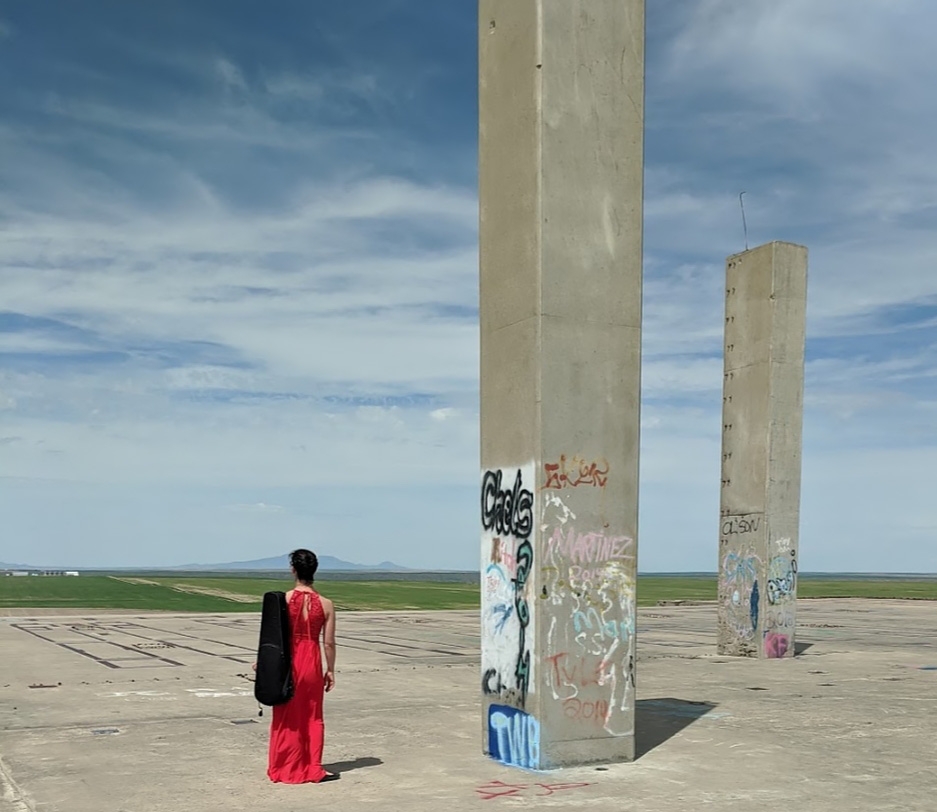 Great Falls-based violinist Megan Karls is an artist with a passion for community-building through creative experience. She currently performs as Co-Concertmaster of the Great Falls Symphony and Associate Concertmaster of the Billings Symphony. Accustomed to performing as part of ensembles in front of live audiences, Karls responded to the challenges of COVID by recording and releasing solo works in the abandoned Cold War Air Force installations that dot Northern Montanan. About the innovative project, Karls says, “I wanted to grow as a violinist, even during COVID, and this project was a great mountain to climb.”
Great Falls-based violinist Megan Karls is an artist with a passion for community-building through creative experience. She currently performs as Co-Concertmaster of the Great Falls Symphony and Associate Concertmaster of the Billings Symphony. Accustomed to performing as part of ensembles in front of live audiences, Karls responded to the challenges of COVID by recording and releasing solo works in the abandoned Cold War Air Force installations that dot Northern Montanan. About the innovative project, Karls says, “I wanted to grow as a violinist, even during COVID, and this project was a great mountain to climb.”
From the panel: “Successfully seeking challenges and producing new work in covid. Project resulting in bold, innovative, beautiful, haunting work in non-traditional, even hostile, settings, intimately tied to Montana's landscape -- political, historical, architectural.”
From the panel: Megan is a true champion of new music, very professional and very good. Her most recent work shows her innovative mind but also her resilience.

Jodi Lightner
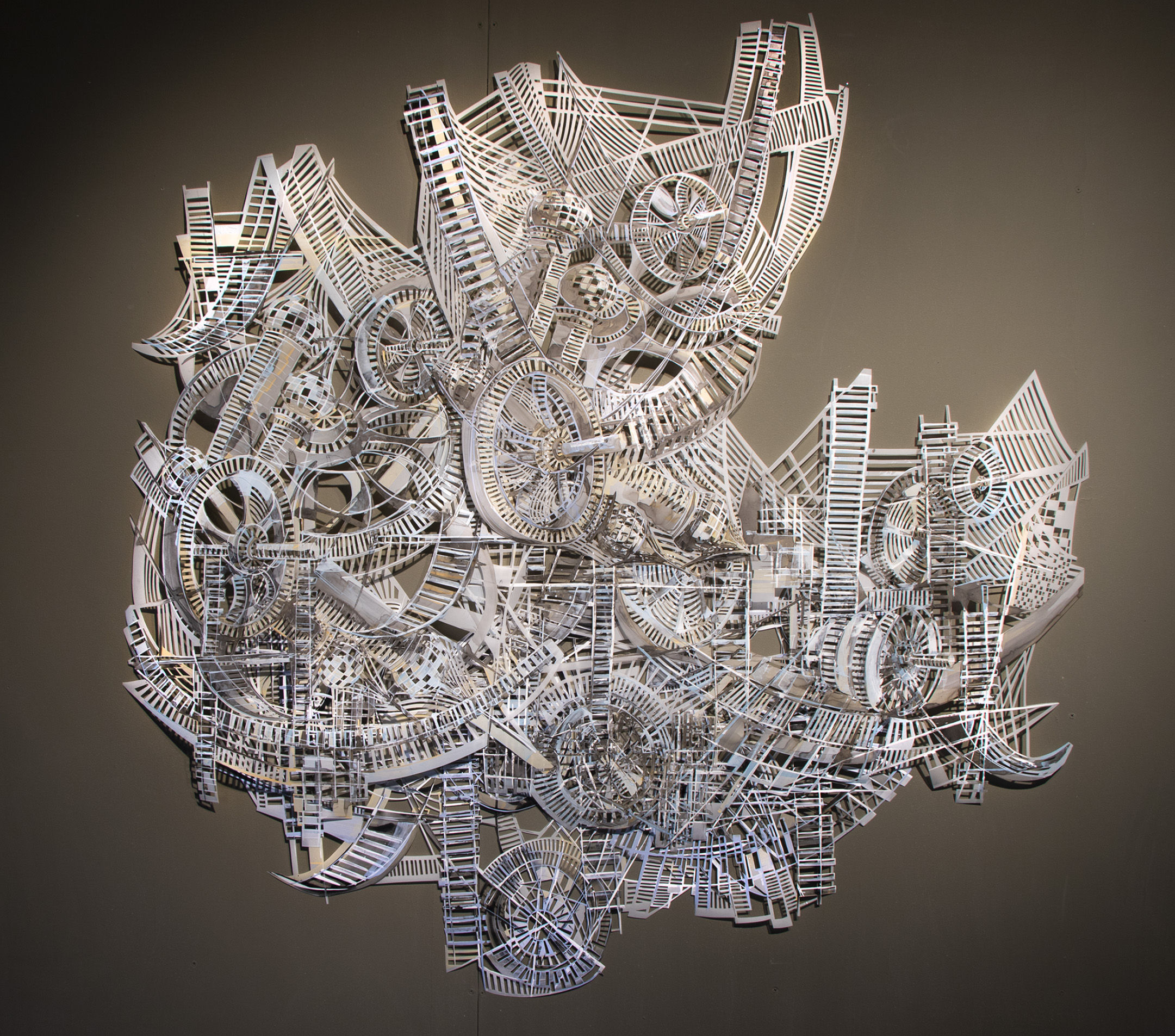 Jodi Lightner is a visual artist who incorporates drawing, painting, and sculptural elements into large-scales installations, while serving as an Associate Professor of Art at Montana State University Billings. According to Lightner, “My creative practice is focused on making art that bends the line of drawing and imagines the impossible. I find that the drawing can unfold over time if the substrate is too large to take in with one quick glance.” Lightner is fascinated by the built environment and how we interact with and are influenced by the structures and spaces surrounding our lives. Lightner has exhibited her work throughout the United States and globally, including installations in Germany, China, and Italy. Lightner has taught at MSU Billings since 2012 and has garnered grants and awards for her teaching and art throughout her career.
Jodi Lightner is a visual artist who incorporates drawing, painting, and sculptural elements into large-scales installations, while serving as an Associate Professor of Art at Montana State University Billings. According to Lightner, “My creative practice is focused on making art that bends the line of drawing and imagines the impossible. I find that the drawing can unfold over time if the substrate is too large to take in with one quick glance.” Lightner is fascinated by the built environment and how we interact with and are influenced by the structures and spaces surrounding our lives. Lightner has exhibited her work throughout the United States and globally, including installations in Germany, China, and Italy. Lightner has taught at MSU Billings since 2012 and has garnered grants and awards for her teaching and art throughout her career.
From the panel: “She’s clearly able to envision and explore complete series and bodies of work. She incorporates many sources, influences, but stays responsive to circumstances in content, materials, and space.”
From the panel: “She seems to be constantly seeking, exploring, investigating, and expanding her focus. She represents Montana and the contemporary art scene very well. Highly professional, gorgeous work that is so dynamic.”

Maxim Loskutoff
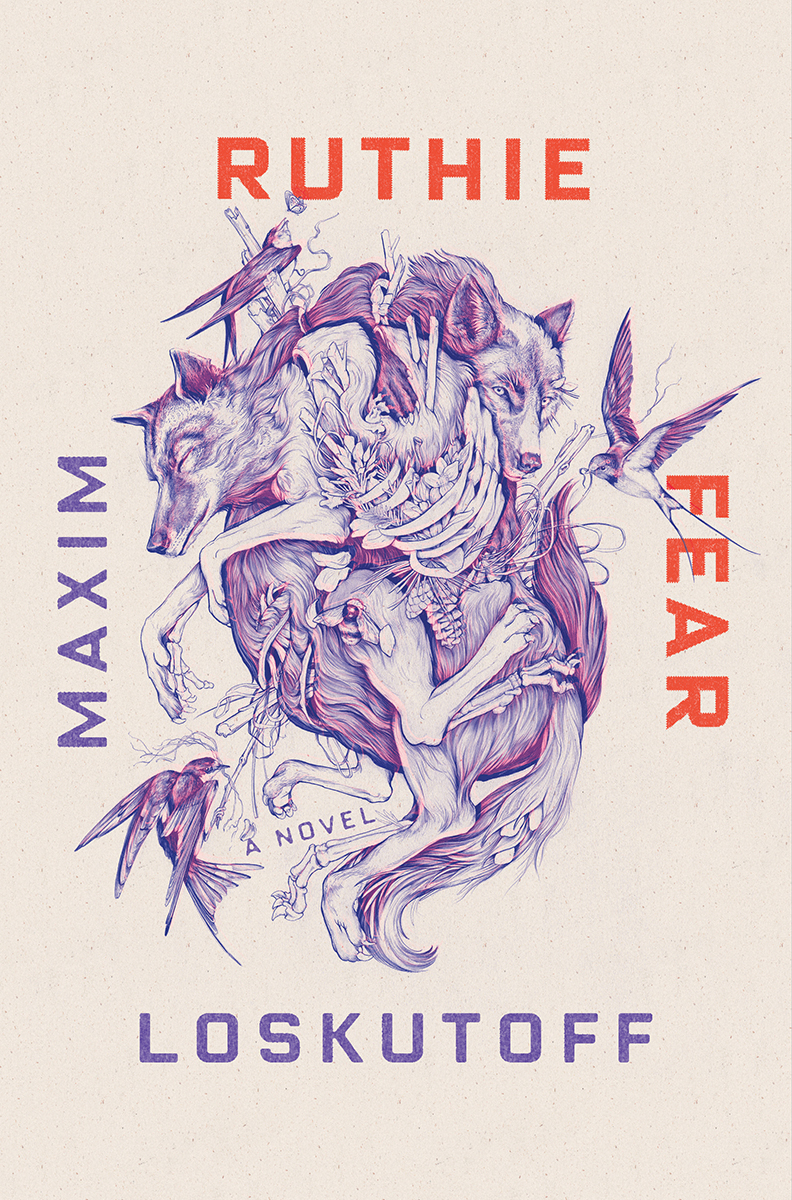 Writer Maxim Loskutoff grew up in Missoula, the youngest of five, and was the first in his family to attend college out of high school. A throughline in Loskutoff’s writing is an examination of what it means to be a citizen of the American West. As for the direction he plans to take with his writing, Loskutoff says “My work will continue to develop, explore, and innovate as I attempt to convey the boundless human potential (beyond what we thought possible) when we reconnect with the landscape of our home. The freedom and surrender of reacquainting ourselves with everything else alive.” Loskutoff has an MFA in Creative University from New York University and has participated in writing residencies throughout the country. His novels, essays, and short stories have received national recognition and awards, including a recent High Plains Book Award for his novel Ruthie Fear. He has published works in several national publications including The New York Times, GQ Magazine, and Fiction.
Writer Maxim Loskutoff grew up in Missoula, the youngest of five, and was the first in his family to attend college out of high school. A throughline in Loskutoff’s writing is an examination of what it means to be a citizen of the American West. As for the direction he plans to take with his writing, Loskutoff says “My work will continue to develop, explore, and innovate as I attempt to convey the boundless human potential (beyond what we thought possible) when we reconnect with the landscape of our home. The freedom and surrender of reacquainting ourselves with everything else alive.” Loskutoff has an MFA in Creative University from New York University and has participated in writing residencies throughout the country. His novels, essays, and short stories have received national recognition and awards, including a recent High Plains Book Award for his novel Ruthie Fear. He has published works in several national publications including The New York Times, GQ Magazine, and Fiction.
From the panel: “Ten years of consistent and remarkably creative activity recognized by many significant outlets. Impressive residency activity. Clear, direct and compelling language.”
From the panel: “So young with so much promise. I love to see young new writers in Montana and Maxim is a rising star. This literary work absolutely deserves our support!”
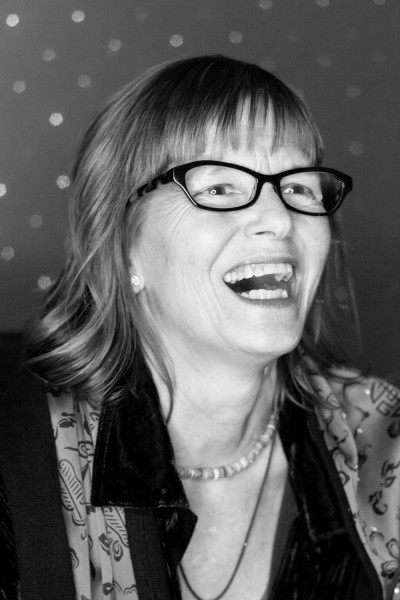
Sheryl Noethe
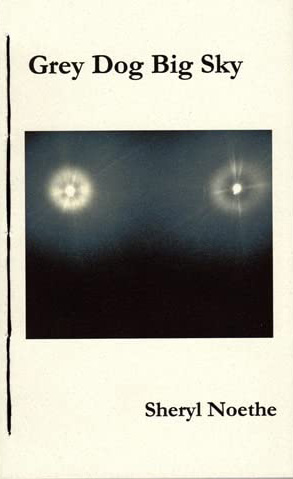 Sheryl Noethe is a writer, teacher, performance artist, and spoken word performer living in Missoula. With over 50 years of experimentation with poetry as an artform, Noethe’s commitment to innovation is unceasing. Noethe has a keen understanding of the role the reader or audience member plays in poetry, and about how the future of her writing, she says, “I am learning to release my need for structure and narrative.” Sheryl Noethe founded the Missoula Writing Collaborative and remains the Artistic Director there, as well as classroom artist. She has published five collections of poetry and one teaching text. She served as Montana’s Poet Laureate from 2011 to 2013, and is the recipient of a National Endowment for the Arts Fellowship among other awards and prominent residencies around the country.
Sheryl Noethe is a writer, teacher, performance artist, and spoken word performer living in Missoula. With over 50 years of experimentation with poetry as an artform, Noethe’s commitment to innovation is unceasing. Noethe has a keen understanding of the role the reader or audience member plays in poetry, and about how the future of her writing, she says, “I am learning to release my need for structure and narrative.” Sheryl Noethe founded the Missoula Writing Collaborative and remains the Artistic Director there, as well as classroom artist. She has published five collections of poetry and one teaching text. She served as Montana’s Poet Laureate from 2011 to 2013, and is the recipient of a National Endowment for the Arts Fellowship among other awards and prominent residencies around the country.
From the panel: “She is always pushing her poetry forward. She and her work are treasures for our state. I love her commitment to poetry and education and all the work she continues to do in the community.”
From the panel: “Powerful, evocative, haunting writing. Really excellent work."
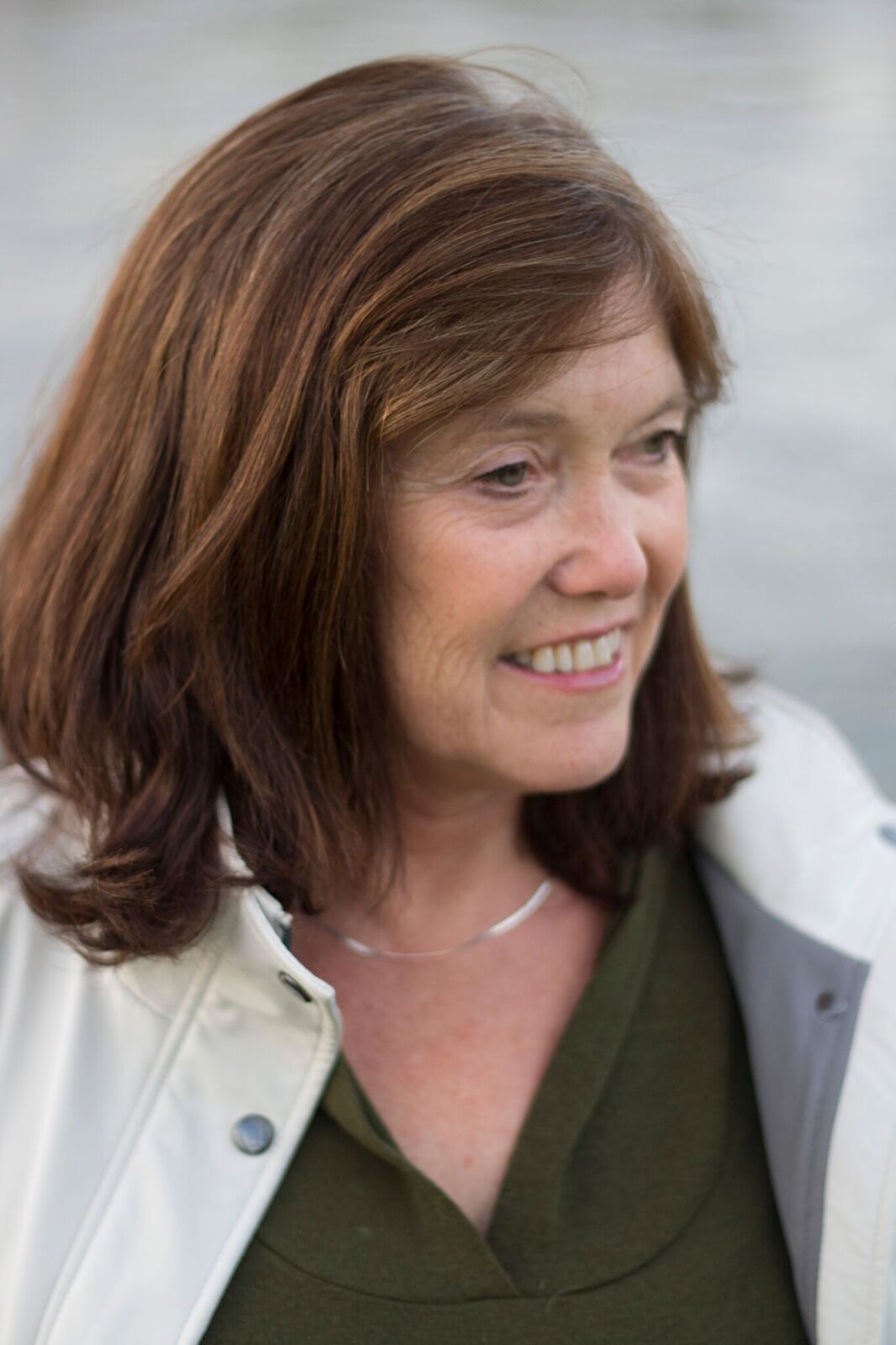
Caroline Patterson
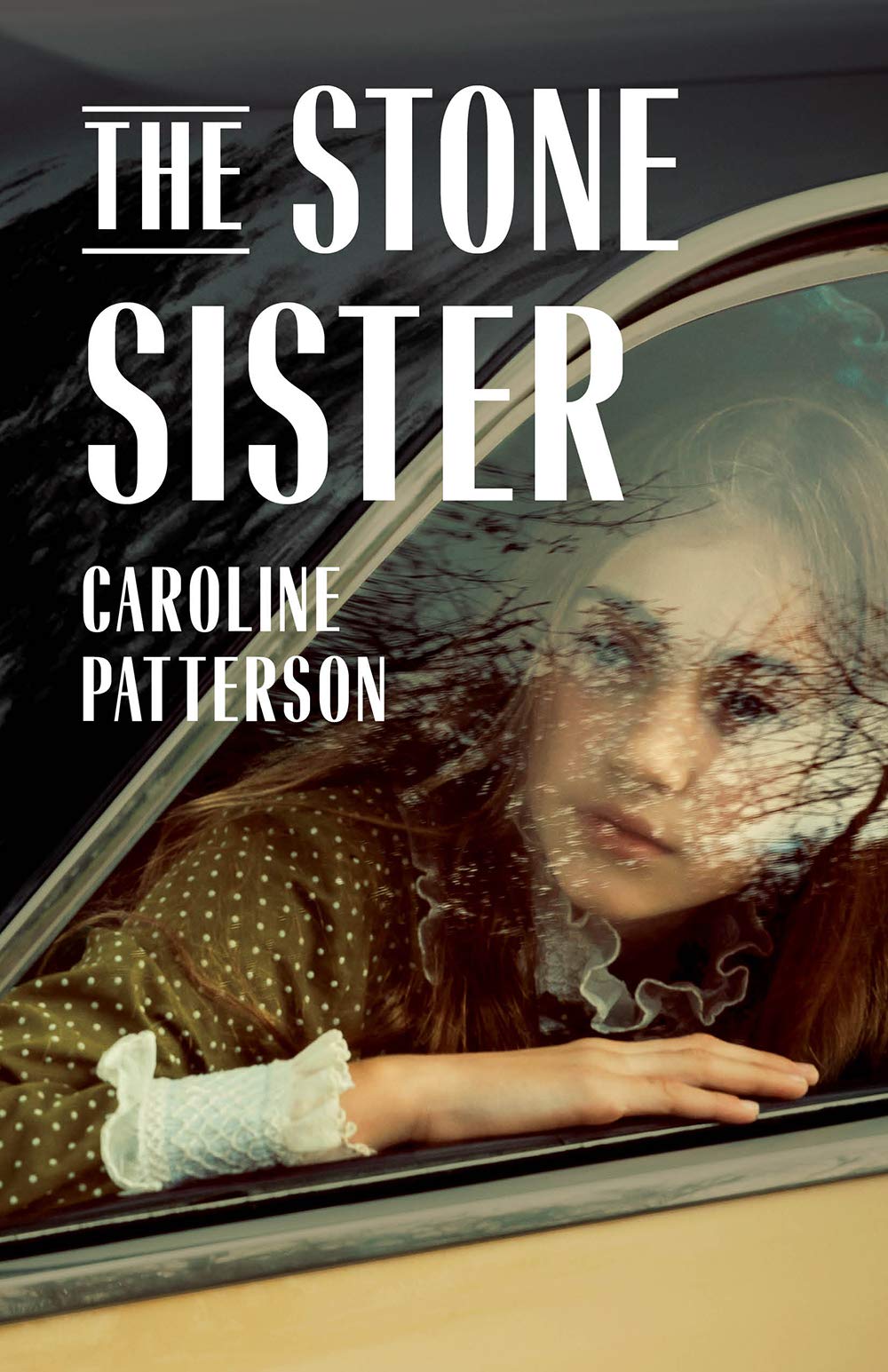 Caroline Patterson is Missoula-based fiction writer, teacher, and non-profit director. A scholar of Montana history, Patterson has long been drawn to untold stories, particularly women’s stories. She says, “I write to bear witness” and describes her fiction work as “part-storytelling, part-social justice, part-music”. A student of Montana greats such as Richard Hugo and William Kittredge, Patterson received an MFA in Creative Writing from the University of Montana. A poet in her early career, Patterson turned to fiction in the 1980’s and has written and edited several works on Montana women’s history. Patterson has published books, short stories, children’s books, and articles. Her novel, The Stone Sister, based in the Elkhorn Mountains of Montana, was published in September of this year.
Caroline Patterson is Missoula-based fiction writer, teacher, and non-profit director. A scholar of Montana history, Patterson has long been drawn to untold stories, particularly women’s stories. She says, “I write to bear witness” and describes her fiction work as “part-storytelling, part-social justice, part-music”. A student of Montana greats such as Richard Hugo and William Kittredge, Patterson received an MFA in Creative Writing from the University of Montana. A poet in her early career, Patterson turned to fiction in the 1980’s and has written and edited several works on Montana women’s history. Patterson has published books, short stories, children’s books, and articles. Her novel, The Stone Sister, based in the Elkhorn Mountains of Montana, was published in September of this year.
From the panel: “She focuses on marginalized voices; women's stories dismissed or ignored by history. She’s seeking to combine experience in different genres into a more unified unique voice. I was immediately engrossed in the work samples she submitted. Her writing holds up a mirror and shows the reader difficult and challenging behaviors, situations, cultural habits, and prompts a process of reflection and critique that I appreciate very much.”
From the panel: “This artist will continue to write, publish, and teach. The stories and perspectives she brings to light--women in the Western landscape--will be continue to be a big contribution to Montana letters.”
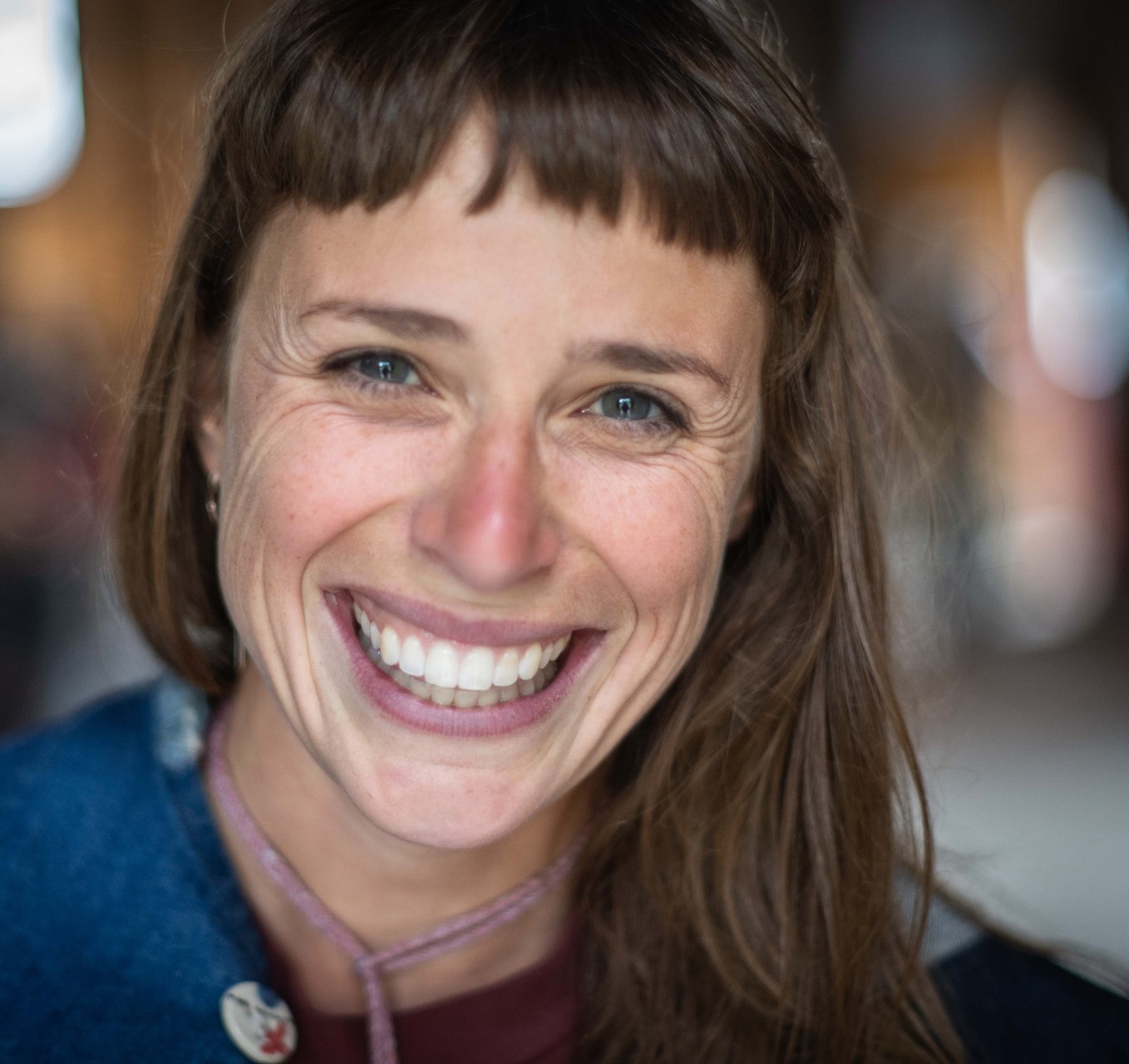
Alayna Rasile
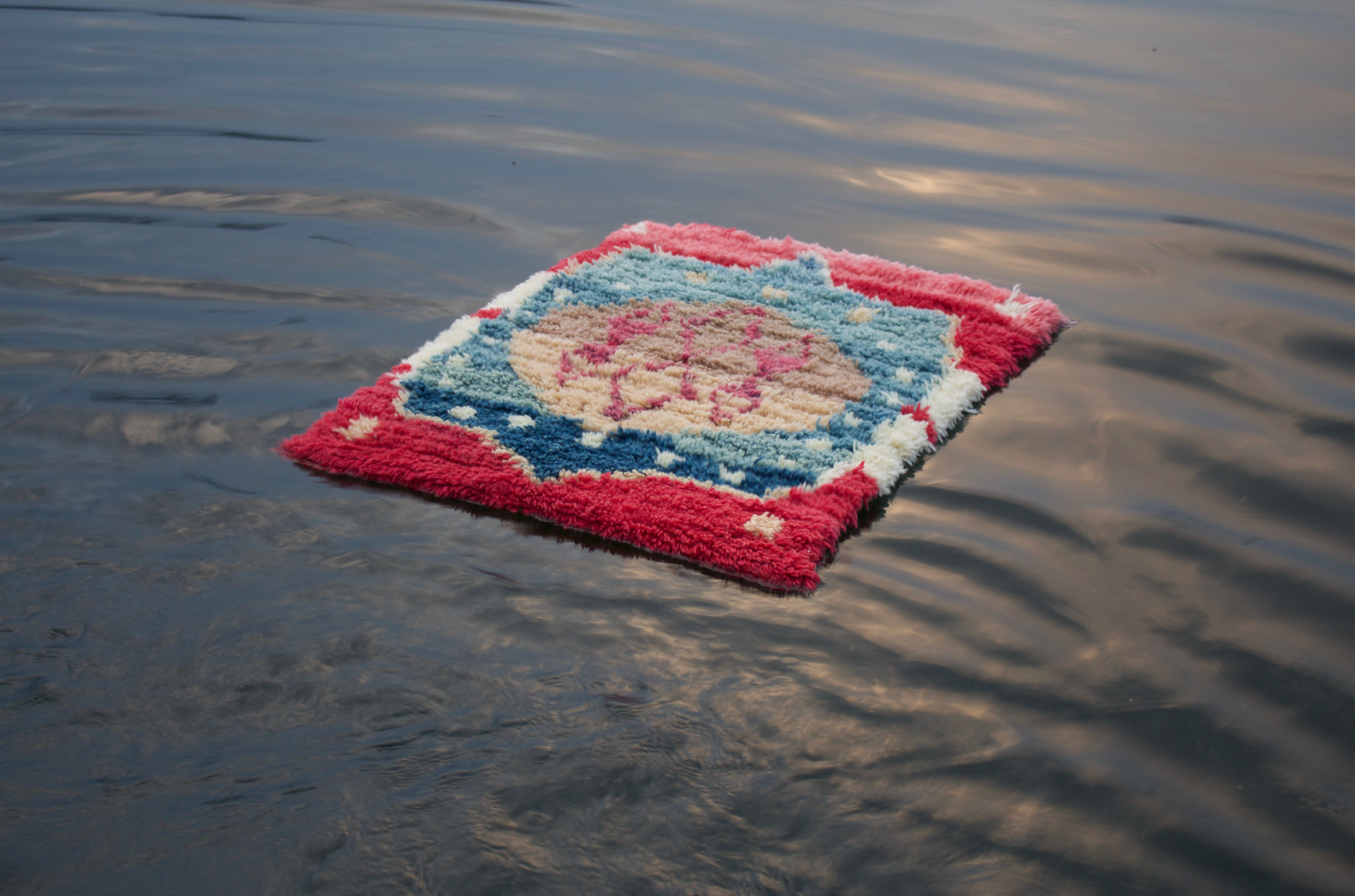 Alayna Rasile is a textile artist focusing on handweaving techniques and the use of natural dyes and fabrics. Rasile says, “Through slow and careful labor using plant-based materials and ancient textile techniques, I honor my responsibility as an artist: to be a critic, an innovator, and a visionary.” Rasile has shown her work at galleries and events throughout the United States and in the United Kingdom. She is a committed advocate for environmental sustainability, gave a TedX talk about textiles and pollinators in 2019, and has several related publications to her name. She is an entrepreneur and teacher as well, having started several businesses and serving as an instructor at MSU Bozeman in both business and art.
Alayna Rasile is a textile artist focusing on handweaving techniques and the use of natural dyes and fabrics. Rasile says, “Through slow and careful labor using plant-based materials and ancient textile techniques, I honor my responsibility as an artist: to be a critic, an innovator, and a visionary.” Rasile has shown her work at galleries and events throughout the United States and in the United Kingdom. She is a committed advocate for environmental sustainability, gave a TedX talk about textiles and pollinators in 2019, and has several related publications to her name. She is an entrepreneur and teacher as well, having started several businesses and serving as an instructor at MSU Bozeman in both business and art.
From the panel: “Alayna Rasile has hit on a comprehensive approach to a sustainable practice, from growing her materials to creating the finished product to having public and multi-sensory elements. Rather than being dazzled by new technology, this artist's boldness is in recognizing and revive traditional, sustainable techniques with a conscious incorporation of the industrial landscape; she uses what was once considered innovative to critique the outcomes of innovation and to raise awareness to change our relationship with nature -- an increasingly urgent need. Quiet but with underlying strength, integrity, makes this an exciting body of work.”
From the panel: “I’m wildly excited about both her aesthetics, use of textile, and the innovative materials approach."
2019 Awardees | 2017 Awardees | Past Awardees
Top banner images: Alison Reintjes, 2017 honoree, at work on "Double Column."
